Natural stone has been popular for use on floors for centuries and for very good reason. Stone tile brings the colors and texture of nature to our homes and adds a quality and warmth to a room that's not possible with any other material.
Because natural stone comes out of the earth, there can be wild variations in its color and quality, so be sure to do your homework when shopping for stone tile for your floor. Order enough material to complete the job in one shipment — that will minimize mismatched lots. As is the case with any flooring material, get a case or two extra. If you have to repair a floor later, the stone you want may not be available.
Let's take a look at the most popular stone tile materials: slate, travertine, sandstone, granite and marble. Which one would you choose?
Slate is probably the type of stone tile you'll encounter most often. It's a metamorphic rock that splits into thin sheets easily. Once it cleaves into sheets like that, it's easy to turn it into tile.
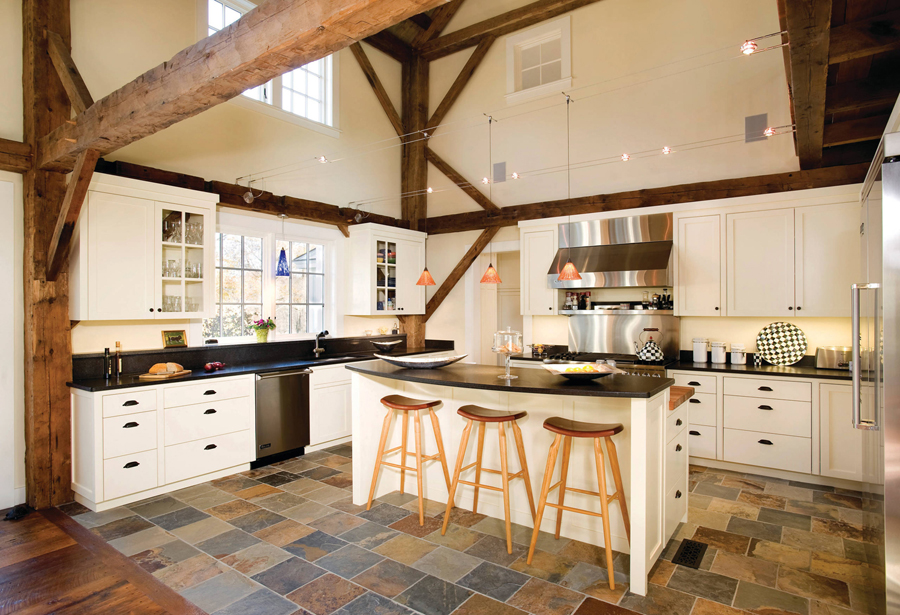
The density of a given slate relates directly to its cost. The denser it is the more likely it is not to flake and fall apart.
Slate pros: Tends to be dark; highly resilient
Cons: Needs to be installed by someone who knows what he or she's doing, be sure to figure installation into the final cost.
Cost: $7-$18 per square meter
Suggested uses: Living areas, hallways, entryways and kitchens
Travertine is another commonly-encountered stone. It's often sold as marble or limestone, even though it's neither.
Travertine's a sedimentary rock composed of calcite, and as such it's a good bit softer than its limestone kin. It's nearly impossible to keep a shine, but once it settles into its native, matte finish, few materials offer the warmth that travertine does.
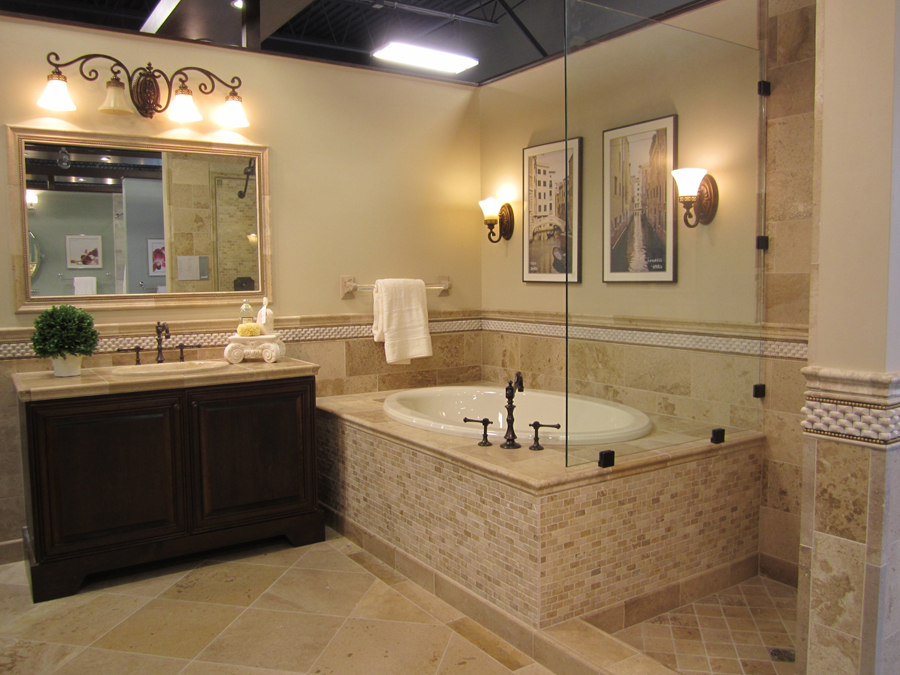
Travertine gets a lot of bad press for being a fragile material, but the Trevi Fountain in Rome is made from travertine, and it's been there for 300 years. That says a thing or two about travertine's longevity.
Travertine pros: Wildly variable patterns and colors, feels soft underfoot
Cons: Has a tendency to scratch and stain
Cost: $20- 60per square meter
Suggested uses: Living areas, hallways, kitchens and baths
Marble
In ancient times, kings and caesars demanded marble floors, and in these more democratic times, you can too. Even though it's another stone that's prone to staining and scratching, marble has character.
It's harder and more resilient than travertine but it does need some extra attention.
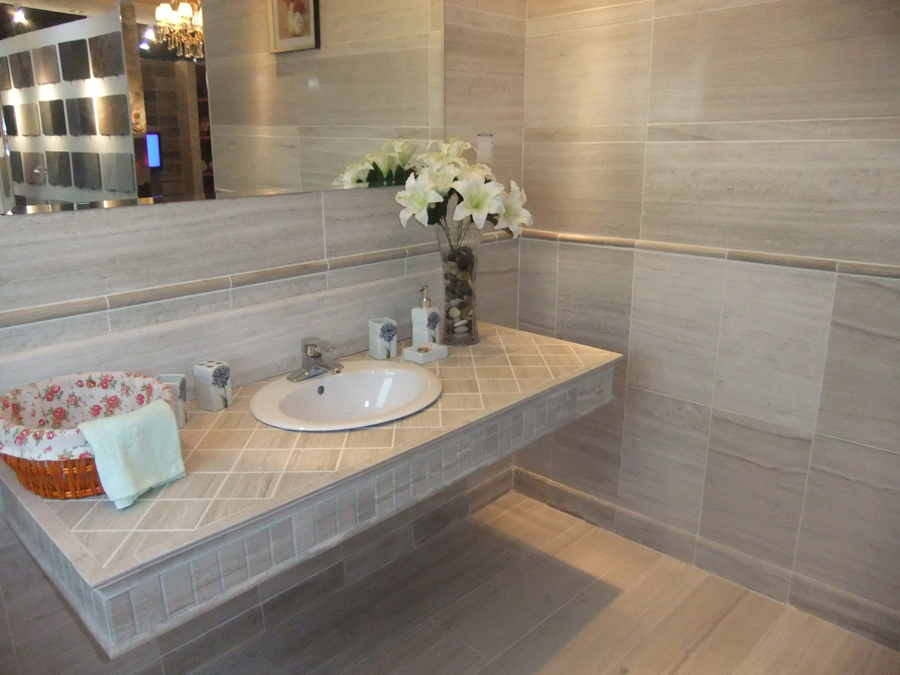
Marble benefits from professional sealing, and it's better left with a honed finish.
Marble pros: Beautiful patterns and colors, highly resilient
Cons: Absorbs water, so be careful using it outdoors. Prone to stains and scratches
Cost: $20-$920 per square meter
Suggested uses: Living areas, hallways, kitchens and baths
Granite Probably the hardest natural stone out there is granite. Nothing else will hold a shine or repel water the way granite will. However granite's resilience is double-edged sword. Its shine and hardness make it an unforgiving surface despite its beauty.
Granite pros: Beautiful colors, highly resilient, can be used indoors or out
Cons: Can seem rather cold
Cost: $8-$950 per square meter
Suggested uses: Living areas, hallways, kitchens and baths
Limestone is another calficerous stone and it's similar to travertine. Unlike travertine however, limestone's been hardened through time and tectonic action. That hardening makes it a better and more resilient material for use as flooring.
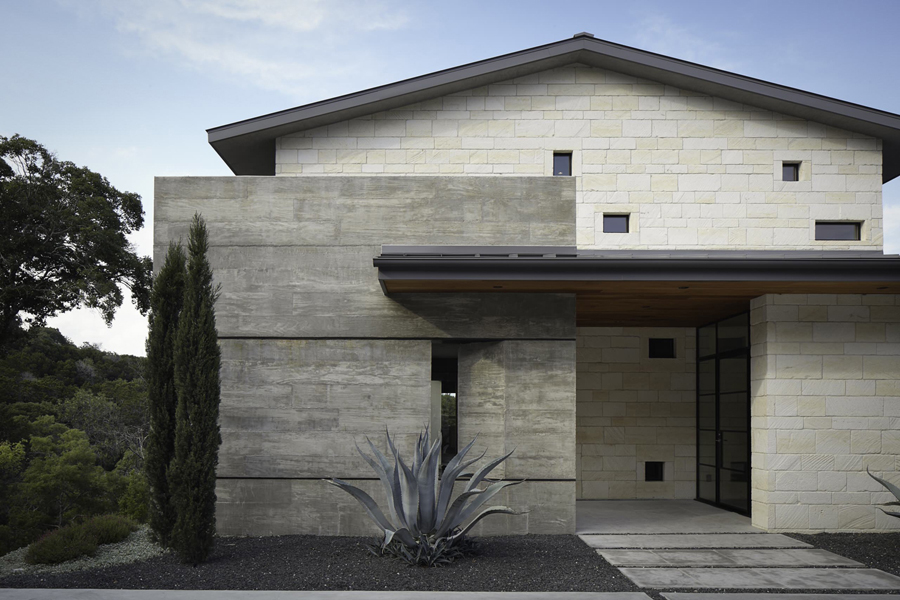
Limestone often keeps its striations as it forms, and it has a tendency to look like wood.
Limestone pros: Beautiful patterns and colors, highly resilient
Cons: Absorbs water, so be careful using it outdoors
Cost: $25-$70 per square foot
Suggested uses: Living areas, hallways, kitchens and baths
Sandstone is another metamorphic rock that lends itself to flooring The wild color variations of other stones aren't as prevalent with sandstone and it's easier to find consistent tones with this material.
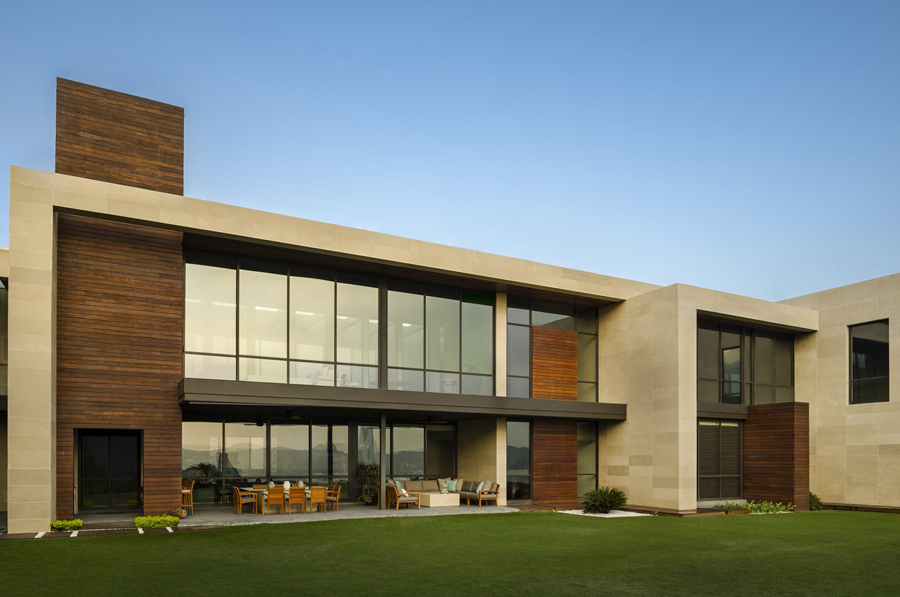
Sandstone pros: Extremely resilient
Cons: Minimal color options
Cost: $20-$40 per square foot
Suggested uses: Living areas, hallways, kitchens and baths
Welcome to visit www.stone-export.com
 English
English




